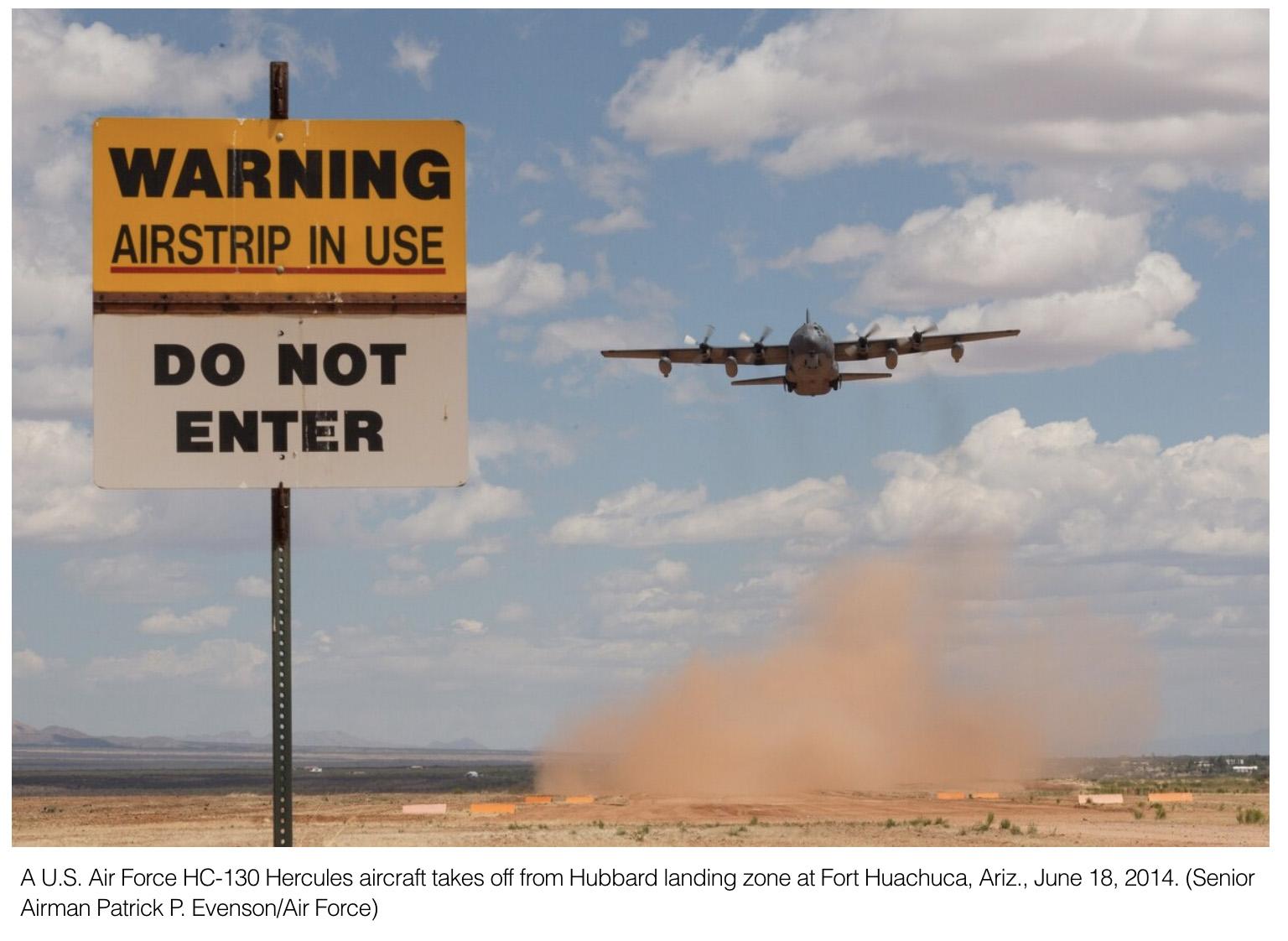
The pressure comes amid a leaked report that details how the area’s wells are taking a growing toll on the flow of the San Pedro River, the Arizona Republic reports.
The confidential 2010 study commissioned by the Army base was released by Robin Silver, a co-founder of the Center for Biological Diversity, who said the findings show the base’s groundwater pumping has been harming the river for years and will do more damage unless water use is scaled back.
Silver said the study’s projections of worsening effects on the river’s flow in the coming decades weren’t adequately considered when U.S. Fish and Wildlife Service officials issued an opinion in 2014 approving the base’s groundwater pumping for another decade.
“The damage was already attributable to Fort Huachuca when they started their evaluation, and that has to be accounted for,” Silver said.
The San Pedro River, which runs near Fort Huachuca and Sierra Vista, is sustained by water that flows from an underground aquifer. The river forms a vibrant oasis for birds and wildlife, and conservationists have been warning for years that greater efforts are needed to prevent the San Pedro from drying up.
The 2010 study examined pumping from wells on the base and also pumping from other wells in the area that are related to the fort. The report maps declines in streamflow due to what it calls “fort-attributable” pumping in 2003, as well as projections for 2050 and 2105 based on federal data.
The study was prepared for Fort Huachuca by the contractor GeoSystems Analysis, Inc.
In a statement, Fort Huachuca said the U.S. Fish and Wildlife Service and the Army “completed a very thorough formal consultation in 2014, regarding the potential effects of Fort Huachuca’s operations.”
The Army base’s statement noted that the 2010 report — while not publicly released until this month — was cited in the 2014 biological opinion and “used as part of the overall determination issued by U.S. Fish and Wildlife Service.” It repeated the wildlife agency’s conclusion that the Army base’s current and planned operations “are not likely to jeopardize the continued survival or recovery” of any threatened or endangered species.
The base says it has a total population of about 14,500, including full-time military personnel, military students, civilian employees and contractors.
The Center for Biological Diversity and two other conservation groups — Maricopa Audubon Society and the Sierra Club — argue the report’s findings should have been considered in the Fish and Wildlife Service’s most recent biological opinion examining Fort Huachuca’s effects on the San Pedro River.
The three groups filed a notice Dec. 3 informing the government they intend to sue Fort Huachuca and the Fish and Wildlife Service in 60 days if the agencies don’t address violations of the Endangered Species Act and carry out a new review.
Angela Camara, a spokesperson for Fort Huachuca, said she couldn’t comment on the pending litigation.